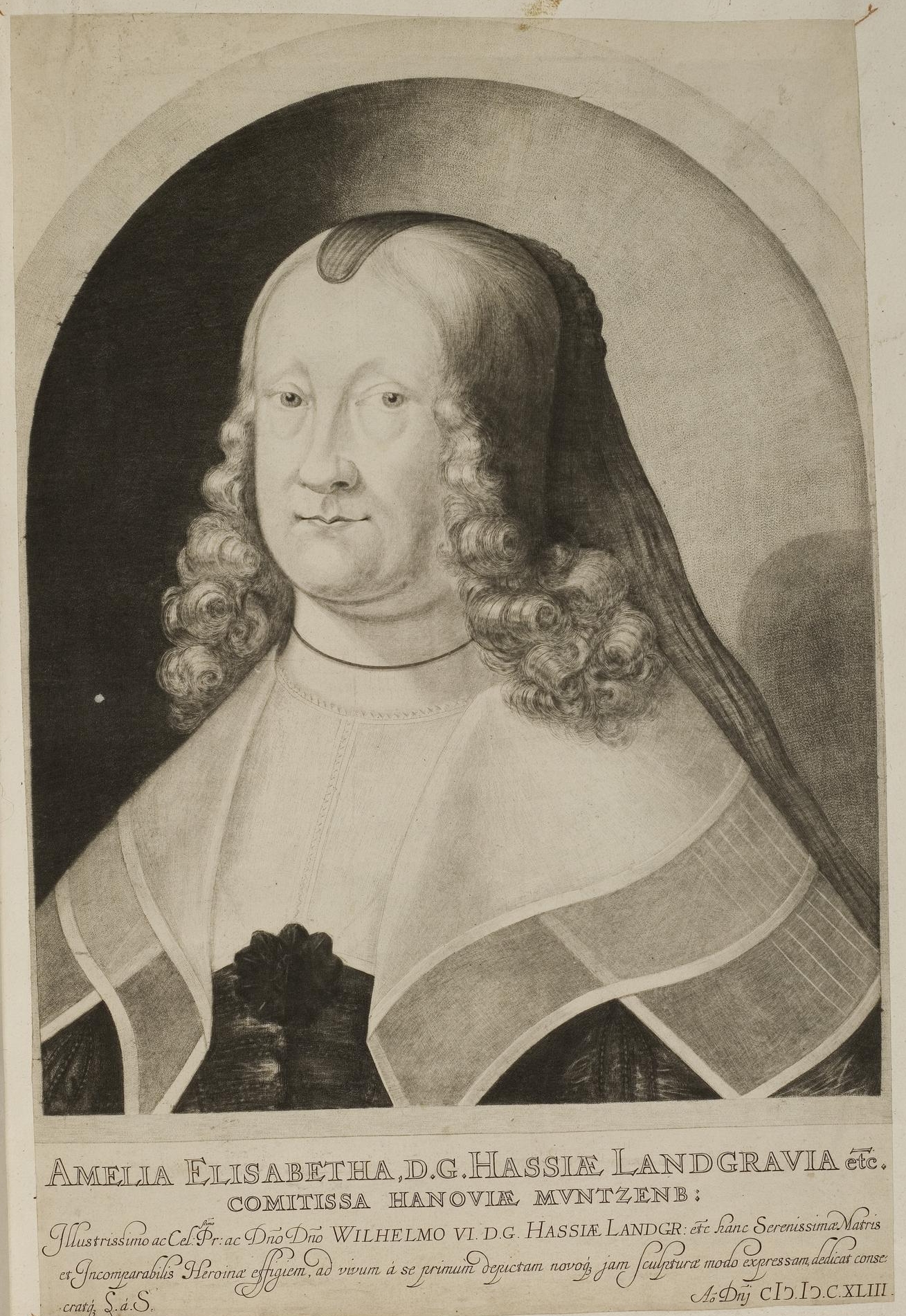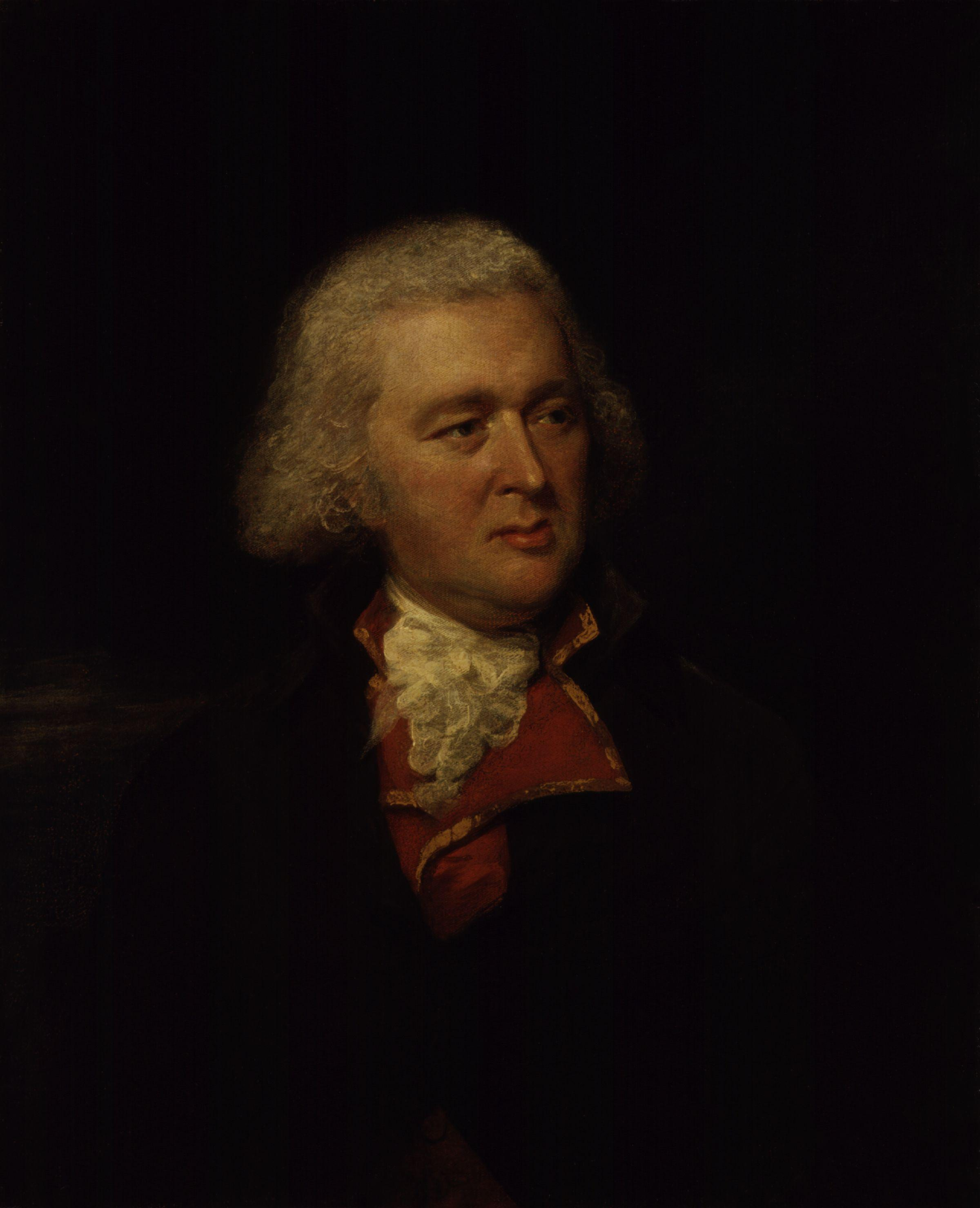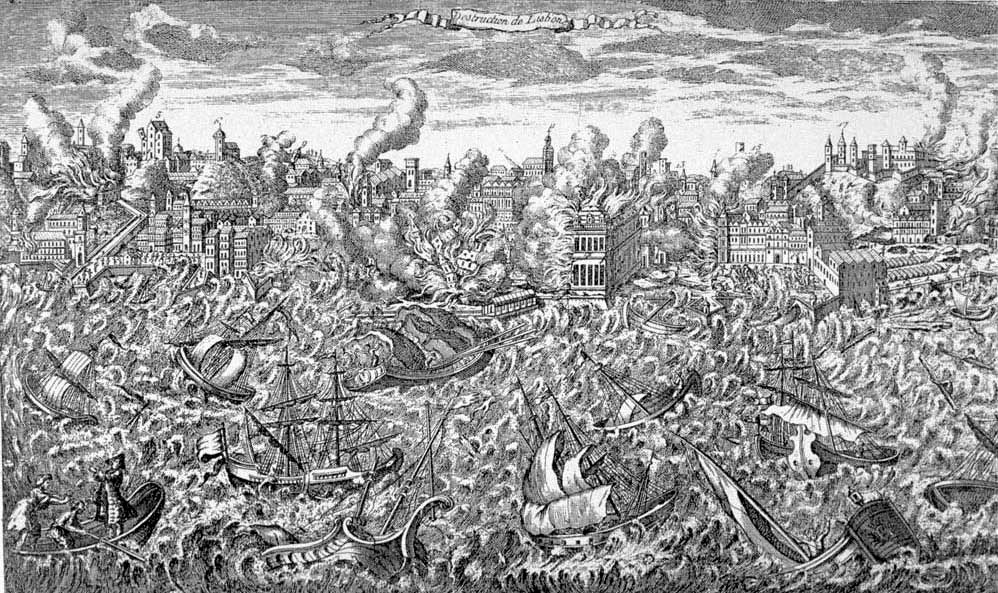|
John Young (engraver)
John Young (1755–1825), mezzotint engraver and keeper of the British Institution, was born in 1755, and studied under John Raphael Smith. He became a very able engraver, working exclusively in mezzotint, and executed about eighty portraits of contemporary personages, from pictures by Hoppner, Lawrence, Zoffany, etc., as well as some subject pieces after Morland, Hoppner, Paye, and others. His finest plate is the prize fight between Broughton and Stevenson, after Mortimer. In 1789 he was appointed mezzotint engraver to the Prince of Wales. In 1813 Young succeeded Valentine Green in the keepership of the British Institution, an arduous post which he filled with unfailing tact and efficiency until his death. He was honorary secretary of the Artists' Benevolent Fund from 1810 to 1813, and then transferred his services in the same capacity to the rival body, the Artists' General Benevolent Institution. He died at his house in Upper Charlotte Street, Fitzroy Square, London Lon ... [...More Info...] [...Related Items...] OR: [Wikipedia] [Google] [Baidu] |
Mezzotint
Mezzotint is a monochrome printmaking process of the '' intaglio'' family. It was the first printing process that yielded half-tones without using line- or dot-based techniques like hatching, cross-hatching or stipple. Mezzotint achieves tonality by roughening a metal plate with thousands of little dots made by a metal tool with small teeth, called a "rocker". In printing, the tiny pits in the plate retain the ink when the face of the plate is wiped clean. This technique can achieve a high level of quality and richness in the print. ''Mezzotint'' is often combined with other ''intaglio'' techniques, usually etching and engraving. The process was especially widely used in England from the eighteenth century, to reproduce portraits and other paintings. It was somewhat in competition with the other main tonal technique of the day, aquatint. Since the mid-nineteenth century it has been relatively little used, as lithography and other techniques produced comparable results more ea ... [...More Info...] [...Related Items...] OR: [Wikipedia] [Google] [Baidu] |
British Institution
The British Institution (in full, the British Institution for Promoting the Fine Arts in the United Kingdom; founded 1805, disbanded 1867) was a private 19th-century society in London formed to exhibit the works of living and dead artists; it was also known as the Pall Mall Picture Galleries or the British Gallery. Unlike the Royal Academy it admitted only connoisseurs, dominated by the nobility, rather than practising artists to its membership, which along with its conservative taste led to tensions with the British artists it was intended to encourage and support. In its gallery in Pall Mall the Institution held the world's first regular temporary exhibitions of Old Master paintings, which alternated with sale exhibitions of the work of living artists; both quickly established themselves as popular parts of the London social and artistic calendar. From 1807 prizes were given to artists and surplus funds were used to buy paintings for the nation. Although it continued to at ... [...More Info...] [...Related Items...] OR: [Wikipedia] [Google] [Baidu] |
John Raphael Smith
John Raphael Smith (1751 – 2 March 1812) was a British painter and mezzotinter. He was the son of Thomas Smith of Derby, the landscape painter, and father of John Rubens Smith, a painter who emigrated to the United States. Biography Baptized at St Alkmund's Church on 25 May 1751, John Raphael, was born to be a painter. Named after the great Renaissance artist, he was born to mother Hannah Silvester and a father who was also a well thought of citizen of Derby. Thus he was able to secure an apprentice to a linen-draper in the city, after a brief education at Derby School. His elder brother, Thomas Corregio Smith (1743–1811), was also a painter. Determined to pursue a print-making business in London, in 1767 he moved to the capital, making additional income from production of miniatures. Almost immediately he met Ann Darlow, he proposed and they were married on 20 May 1768 at the Chapel of Savoy. Then he turned to engraving: his most successful mezzotint of ''P ... [...More Info...] [...Related Items...] OR: [Wikipedia] [Google] [Baidu] |
Valentine Green
Valentine Green (3 October 173929 July 1813) was a British mezzotinter and print publisher. Green trained under Robert Hancock, a Worcester engraver, after which he moved to London and began working as a mezzotint engraver. He began to exhibit with the Incorporated Society of Artists from 1766, became a fellow a year later and a director in 1771. He was appointed mezzotint engraver to the King in 1773, and the following year was elected an associate engraver with the Royal Academy. Throughout the 1770s and 1780s, Green's engraving practice flourished. In the 1790s, however, several of his international speculations failed and in 1798 he was declared bankrupt. In 1805, he accepted the role of keeper of the British Institution, a post he held until his death. Biography Born in Salford Priors, he was placed by his father in a solicitor's office at Evesham, where he remained for two years; but ultimately he decided, on his own responsibility, to abandon the legal profession and ... [...More Info...] [...Related Items...] OR: [Wikipedia] [Google] [Baidu] |
Artists' Benevolent Fund
The Artists' Benevolent Fund was instituted in 1810Sampson Low the younger. "Artists' Benevolent Fund" in ''The Charities of London in 1852-3''. Sampson Low and Son. London. 1854Page 101 and incorporated by royal charter on 2 August 1827. It has also been referred to as the Artists' Fund and the Artists' Joint Stock Fund.Robert William Buss. The Almanac of the Fine Arts for the Year 1850Page 127 As of 1851, it was one of two charitable funds established for purposes relative to those who had been unfortunate in the practice of the fine arts, the other being the Artists' General Benevolent Institution. As of 1852, it consisted of two separate and distinct branches: the Artists' Annuity Fund, and the Artists' Benevolent Fund. The first was supported by the contributions of its members, for their own relief in sickness or superannuation. All artists of merit in painting, sculpture, architecture, and engraving, were eligible to become members, the annual payments to which were regul ... [...More Info...] [...Related Items...] OR: [Wikipedia] [Google] [Baidu] |
Artists' General Benevolent Institution
The Artists' General Benevolent Institution is a British charity assisting professional artists in England, Wales and Northern Ireland who are in financial difficulty due to illness, old age or accident. It was founded in 1814 by members of the Royal Academy of Arts including J. M. W. Turner, John Constable and John Soane. Incorporated by Royal Charter in 1842, it is one of the oldest charities in the United Kingdom. The AGBI financially supports professional artists in need and their dependents living in England, Wales or Northern Ireland who cannot work or earn an income due to accident, illness or old age. The AGBI is run by a Council of mostly practicing artists, applied artists, art custodians and medical professionals who give their time for free and who meet regularly to discuss cases of need. The AGBI is based in Burlington House, Piccadilly, London London is the capital and List of urban areas in the United Kingdom, largest city of England and the United Kingdom, wi ... [...More Info...] [...Related Items...] OR: [Wikipedia] [Google] [Baidu] |
Upper Charlotte Street
Charlotte Street is a street in Fitzrovia, historically part of the parish and borough of St Pancras, in central London. It has been described, together with its northern and southern extensions (Fitzroy Street and Rathbone Place), as the ''spine of Fitzrovia''. The southern half of the street has many restaurants and cafes, and a lively nightlife; while the northern part of the street is more mixed in character, and includes the large office building of the advertising agency Saatchi & Saatchi, and a University College London student hall of residence, Astor College. The street has a significant residential population living above the ground floor. It gives its name to two architectural Conservation Areas: Charlotte Street conservation area (Camden) and Charlotte Street West conservation area (City of Westminster) History Charlotte Street, formed in 1763, was named in honour of Queen Charlotte who married King George III in 1761. Together with ''Charlotte Place'' (previousl ... [...More Info...] [...Related Items...] OR: [Wikipedia] [Google] [Baidu] |
Fitzroy Square
Fitzroy Square is a Georgian square in London. It is the only one in the central London area known as Fitzrovia. The square is one of the area's main features, this once led to the surrounding district to be known as Fitzroy Square or Fitzroy Town and latterly as Fitzrovia, though the nearby Fitzroy Tavern is thought to have had as much influence on the name as Fitzroy Square. History The square, nearby Fitzroy Street, and the Fitzroy Tavern in Charlotte Street have the family name of Charles FitzRoy, 2nd Duke of Grafton, into whose ownership the land passed through his marriage. His descendant Charles FitzRoy, 1st Baron Southampton developed the area during the late 18th and early 19th century. Fitzroy Square was a speculative development intended to provide London residences for aristocratic families, and was built in four stages. Leases for the eastern and southern sides, designed by Robert Adam, were granted in 1792; building began in 1794 and was completed in 1798 ... [...More Info...] [...Related Items...] OR: [Wikipedia] [Google] [Baidu] |
London
London is the capital and List of urban areas in the United Kingdom, largest city of England and the United Kingdom, with a population of just under 9 million. It stands on the River Thames in south-east England at the head of a estuary down to the North Sea, and has been a major settlement for two millennia. The City of London, its ancient core and financial centre, was founded by the Roman Empire, Romans as ''Londinium'' and retains its medieval boundaries.See also: Independent city#National capitals, Independent city § National capitals The City of Westminster, to the west of the City of London, has for centuries hosted the national Government of the United Kingdom, government and Parliament of the United Kingdom, parliament. Since the 19th century, the name "London" has also referred to the metropolis around this core, historically split between the Counties of England, counties of Middlesex, Essex, Surrey, Kent, and Hertfordshire, which largely comprises Greater London ... [...More Info...] [...Related Items...] OR: [Wikipedia] [Google] [Baidu] |
British Engravers
British may refer to: Peoples, culture, and language * British people, nationals or natives of the United Kingdom, British Overseas Territories, and Crown Dependencies. ** Britishness, the British identity and common culture * British English, the English language as spoken and written in the United Kingdom or, more broadly, throughout the British Isles * Celtic Britons, an ancient ethno-linguistic group * Brittonic languages, a branch of the Insular Celtic language family (formerly called British) ** Common Brittonic, an ancient language Other uses *''Brit(ish)'', a 2018 memoir by Afua Hirsch *People or things associated with: ** Great Britain, an island ** United Kingdom, a sovereign state ** Kingdom of Great Britain (1707–1800) ** United Kingdom of Great Britain and Ireland (1801–1922) See also * Terminology of the British Isles * Alternative names for the British * English (other) * Britannic (other) * British Isles * Brit (other) * Bri ... [...More Info...] [...Related Items...] OR: [Wikipedia] [Google] [Baidu] |
1755 Births
Events January–March * January 23 (O. S. January 12, Tatiana Day, nowadays celebrated on January 25) – Moscow University is established. * February 13 – The kingdom of Mataram on Java is divided in two, creating the sultanate of Yogyakarta and the sunanate of Surakarta. * March 12 – A steam engine is used in the American colonies for the first time as New Jersey copper mine owner Arent Schuyler installs a Newcomen atmospheric engine to pump water out of a mineshaft. * March 22 – Britain's House of Commons votes in favor of £1,000,000 of appropriations to expand the British Army and Royal Navy operations in North America. * March 26 – General Edward Braddock and 1,600 British sailors and soldiers arrive at Alexandria, Virginia on transport ships that have sailed up the Potomac River. Braddock, sent to take command of the British forces against the French in North America, commandeers taverns and private homes to feed and house ... [...More Info...] [...Related Items...] OR: [Wikipedia] [Google] [Baidu] |




.jpg)
